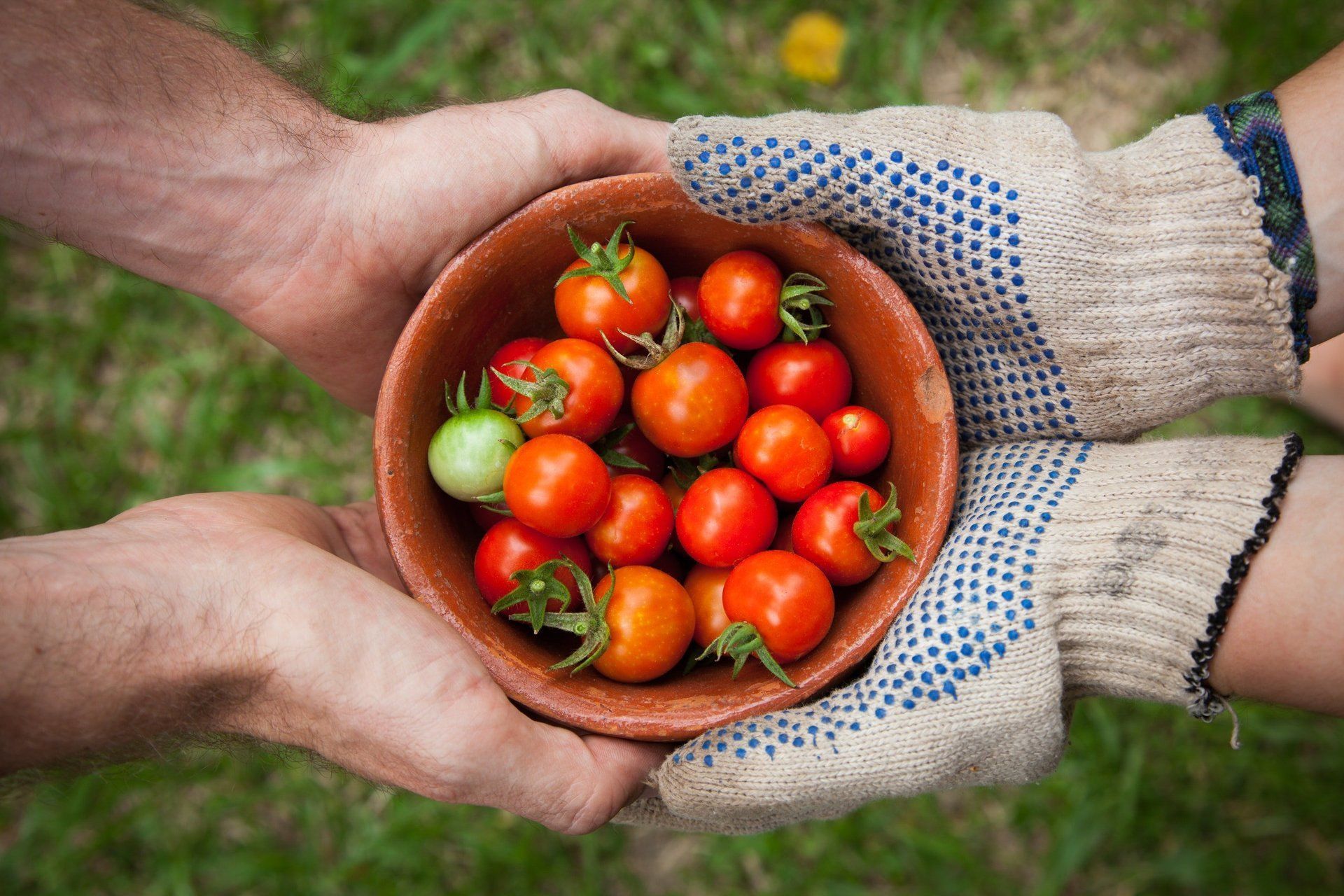Tomato
Nutritionists recommend eating tomatoes because they are rich in lycopene, vitamins A and B, and important minerals such as phosphorus and potassium, as well as folic acid, calcium, and fructose. The riper the tomato, the higher the concentration of these nutrients.
Tomatoes are mainly composed of water and contain approximately fourteen calories per one hundred grams. Some studies have shown that they have a positive effect on cancer treatment, as lycopene, the pigment that gives tomatoes their color, is considered effective in preventing prostate cancer and strengthening the immune system.
How we produce our tomatoes
Discover our production model
Agricultural Planning
Input planning takes into account the expected production for each sowing season, aiming to obtain the best cost/benefit, and decisions about the hybrids that will be planted are made based on our research database and according to the biotechnologies identified as necessary for the production system.
Preparation, sowing and management
The transplant system has the following advantages: lower seed consumption; shorter time the plant remains in the field; reduced irrigation and spraying costs; and reduced levels of early infection by Geminivirus and Tospovirus.
Harvest
In most tomato cultivars, the fruits reach harvesting point 110 to 120 days after germination or 90 to 100 days after transplanting. Harvesting can be done manually or using a self-propelled harvester.
Processing and storage
It starts with the classification process, then goes through cleaning and after that it is sent for transport.





